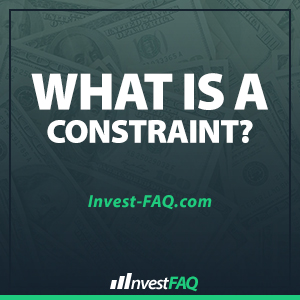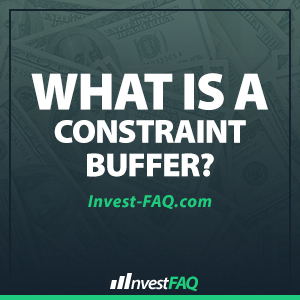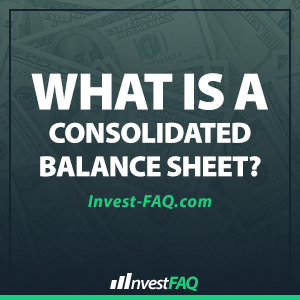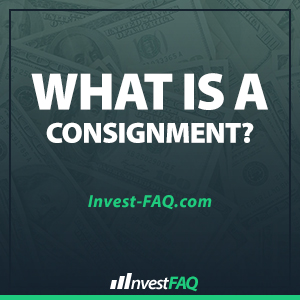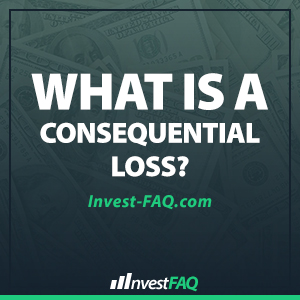Construction LoanContents A construction loan is a short-term, interim loan used to finance the building of a property or real estate project. Unlike traditional loans, which provide a lump sum of money to the borrower, construction loans typically disburse funds in stages as the project progresses and reaches certain milestones. In the realm of real
What Is a Constraint?
ConstraintContents A constraint is any factor that limits the performance, efficiency, or output of a business process or system. It can be a physical limitation, such as capacity issues, or a non-physical limitation, such as policies or market demand, which restricts the system’s ability to achieve higher performance or throughput. In business, identifying and managing
What Is a Constraint Buffer?
Constraint BufferContents A constraint buffer is a strategic reserve or cushion designed to protect against uncertainties and ensure smooth operations in the face of bottlenecks or constraints within a production or project management process. It acts as a safeguard to absorb fluctuations and prevent disruptions in critical areas that could impact overall productivity and timelines.
What Is a Consolidated Group?
Consolidated GroupContents A consolidated group refers to a collection of parent and subsidiary companies that operate as a single economic entity for financial reporting purposes, despite being legally separate entities. This grouping allows the parent company to report a single set of financial statements that reflect the financial activities of the entire group. In business,
What Is a Consolidated Balance Sheet?
Consolidated Balance SheetContents A consolidated balance sheet is a financial statement that presents the aggregate financial position of a parent company and its subsidiaries as if they were a single entity. It combines the assets, liabilities, and equity of the parent company with those of its subsidiaries, after eliminating intercompany transactions and balances. Consolidated balance
What Is a Consignor?
ConsignorContents A consignor is an individual or entity that owns goods or merchandise and entrusts them to another party, known as the consignee, for the purpose of sale. In a consignment relationship, the consignor retains ownership of the items until they are sold by the consignee. The consignor role is crucial in consignment arrangements across
What Is The Cost To Cost Method?
Cost To Cost MethodContents The cost-to-cost method is a fundamental accounting approach used to recognize revenue and measure the extent of completion for long-term projects by comparing the costs incurred to the estimated total costs. This method is pivotal in industries where projects span over multiple accounting periods, such as construction, engineering, and government contracting.
What Is a Consignment?
ConsignmentContents A consignment is a business arrangement where goods are placed in the care of another party (the consignee) to sell, but the ownership remains with the initial party (the consignor) until the goods are sold. This model allows the consignor to expand market reach without the consignee needing to invest upfront in inventory. Consignment
What Is a Consignee?
ConsigneeContents A consignee is an individual or entity that is designated to receive goods from a consignor. The consignee is typically responsible for the goods upon arrival and may be the buyer or an agent acting on behalf of the buyer. In the context of shipping and logistics, the consignee plays a critical role in
What Is a Consequential Loss?
Consequential LossContents A consequential loss, also known as an indirect loss, refers to financial damage that a business suffers as a result of a direct loss or damage, but is not immediately linked to the initial cause. These losses include lost profits, operational delays, and additional expenses that occur because of an initial event or


